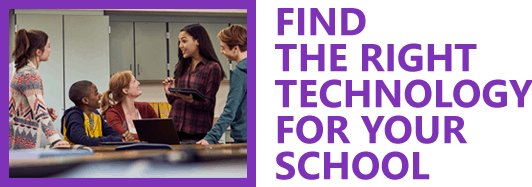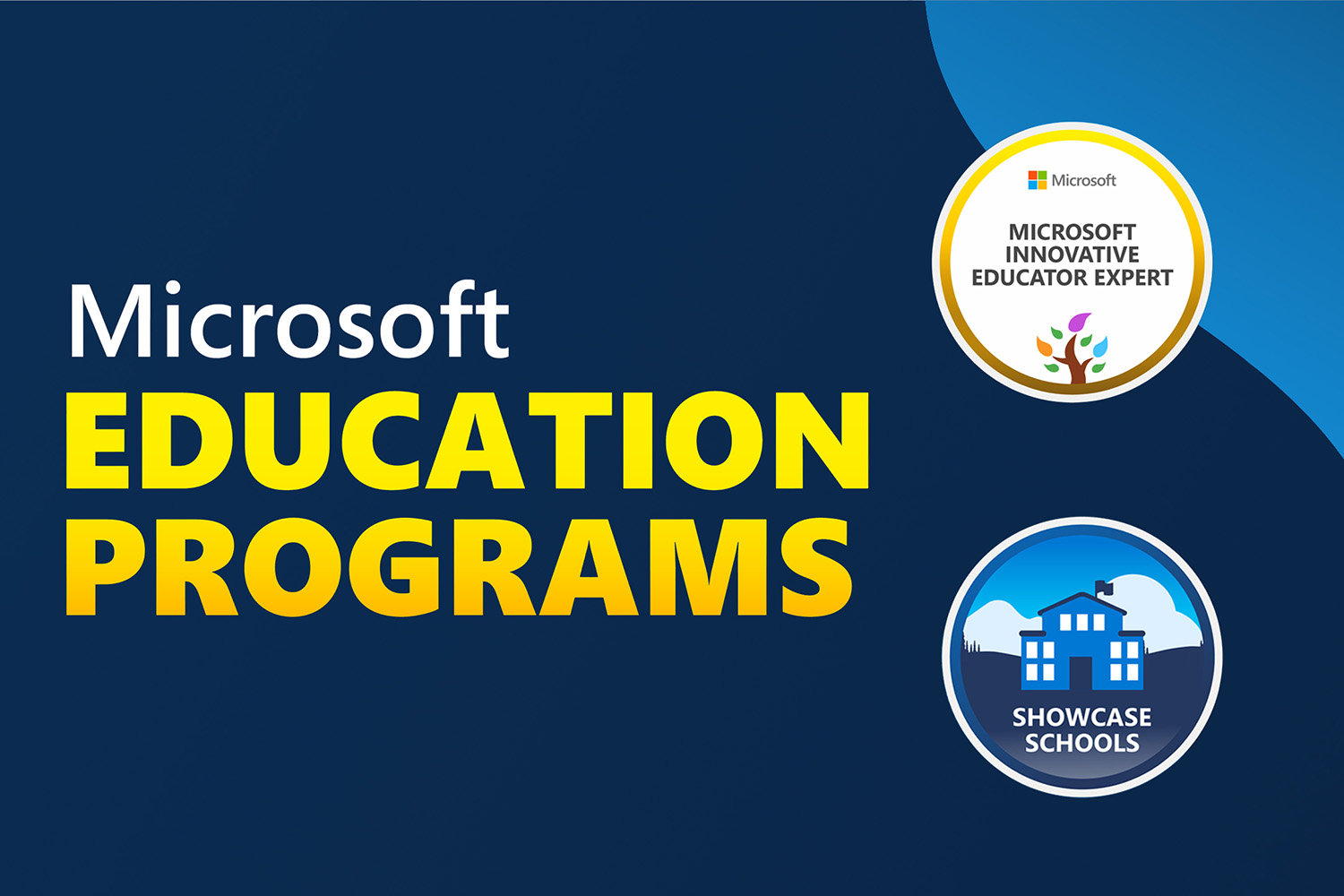Extra Credits rounds up the latest stories on innovative educational endeavors coming from other parts of Microsoft and the world.
When the Norwegian government provided guidance for a country-wide digital literacy program, the intent was to prepare more than 1 million school-aged children for a technology-driven future. To that end, the municipality of Nedre Eiker has led the charge by implementing a 1:1 Windows 10 device initiative at Solberg skole for students in 4th – 7th grade.
Solberg chose HP Windows 10 devices running Office 365 because of the student and teacher familiarity with Windows, and for continuity amongst students who required a platform that will grow with them in their professional careers. According to Liv Jenny Bø, senior advisor for the Municipality of Nedre Eiker, “Windows 10 devices are cost-effective for the school, and make it possible to provide the necessary tools for each student both at school and home. We have faith that’s what we are getting with Office 365.”
Hilde Storaunet, school leader, believes that when teachers and students co-write in Word, collaborate with Microsoft Teams, and share experiences via OneNote, it makes it easier for everyone in the classroom.
With new collaboration, creation, and communication tools in the hands of the students, and teachers trained to teach STEM curricula, Solberg skole has become a model for digital literacy across the nation. “Teachers who do not have the knowledge, or the formal education within STEM subjects have great opportunities within the Microsoft platform, to gain knowledge, or to collaborate with other teachers outside of this school,” said Eivind Hansen, ICT and STEM Teacher at Solberg skole. By learning and applying creative lesson planning themselves, and using Microsoft technology partners Micro:bit and Wonder Workshop, students’ learning has become an immersive experience, solidifying their mastery of key concepts.
The same formula applies to students, says Liv Jenny, “We also see students that struggle in some areas blossom when they do STEM activities or activities that give them the possibility to explore the digital world. We’ve experienced through Microsoft products, from both the point of view of the students and teachers, that we have the tools necessary to prepare the children for the 21st century.”
Despite a shortage of STEM teachers across Norway, the nation’s level of commitment is steadfast. Eivind provides his experience when it comes to embracing STEM, “My advice to teachers who are curious about STEM, and would like to begin using it and to become proficient in it, is to be curious, explore, ask other teachers who use it, use the technology at hand, and don’t be afraid to jump in.” It levels the playing field for students in a global economy.
Solberg skole is one of many schools globally that use Microsoft Education solutions to help students future-proof their learning with a focus on STEM.





